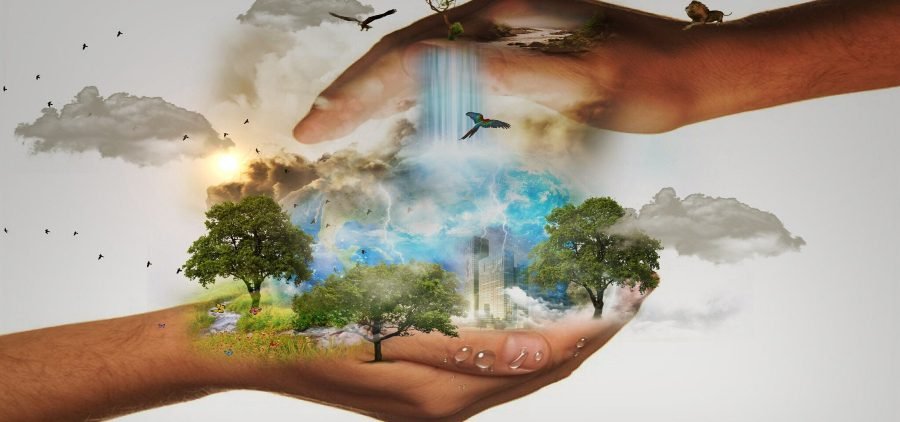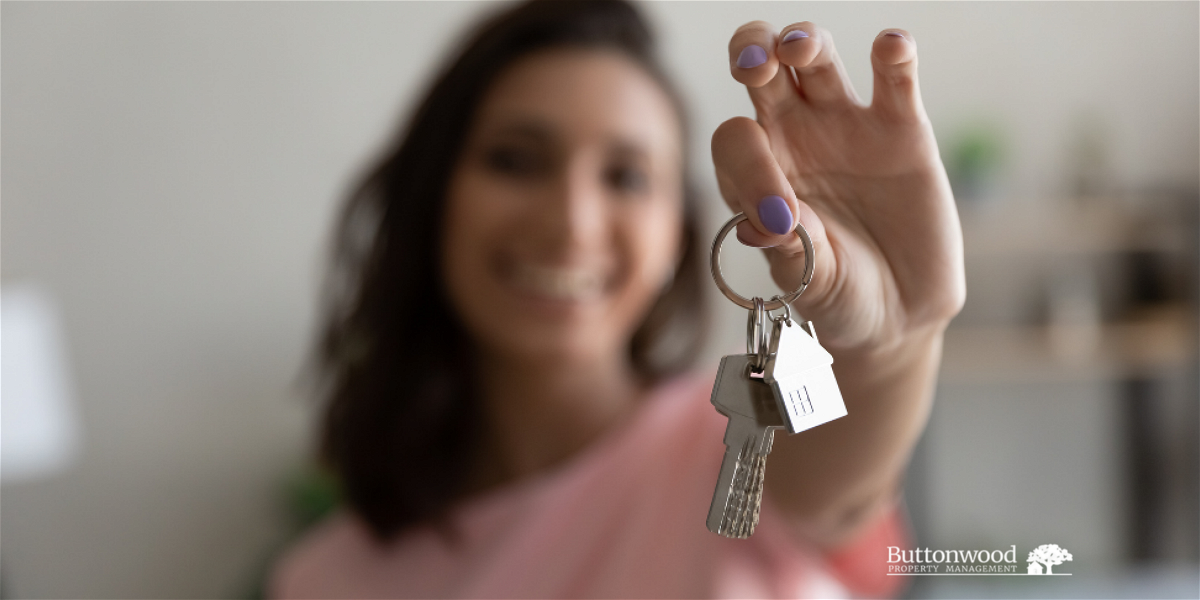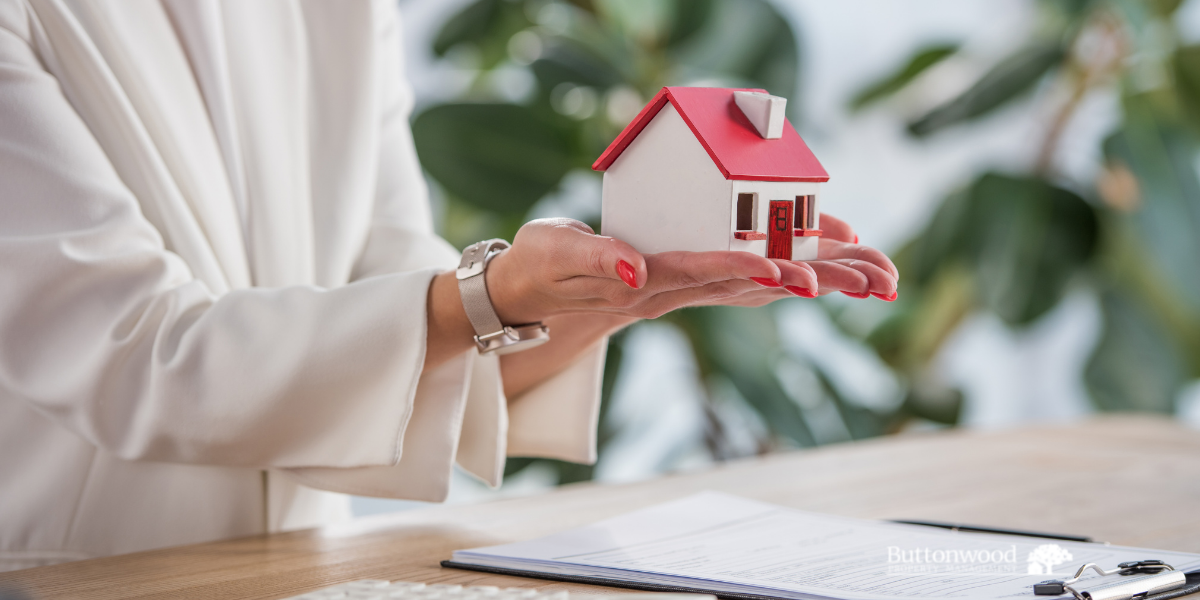YOU CAN MAKE A POSITIVE ENVIRONMENTAL IMPACT EVEN WHEN CLEANING YOUR HOME – DIY HOME CLEANING SOLUTIONS
How we live on this planet makes a huge impact on the environment. Consider the ways used to transport ourselves, clean our homes, and how and what we eat in North America. As one person, or family you may feel somewhat helpless to make a difference, but you can actually do a lot to help this earth.
For example, think about how you normally clean up around your home. Most of us use store bought products to dust, clean countertops, mop, and do laundry. It is fast, easy, and usually smells really nice once finished; however, the damage these products do to the environment is quite staggering.
What is the Problem with Standard Cleaning Products?
The big problem with these products is that their formulas include a number of highly toxic ingredients. These substances can cause severe skin and eye problems and many are deadly if swallowed. When you read the labels on standard cleaning products most of them have warnings about contact with skin, eyes, and inhalation. In addition, there is usually a warning to keep away from children and pets. Most of these toxic chemicals are also carcinogens. A Carcinogen is defined as a substance capable of causing cancer in living tissue. Here are a few of the dangerous ingredients in the standard cleaning products.
Volatile Organic Compounds or VOCs
To explain, organic compounds, or elements contain carbon and are found in every living thing. Volatile Organic Compounds are released into the air by burning, or from gas and oil fields. These are potentially dangerous air pollutants and a number of products used for cleaning at home contain VOCs. The pollutants can come out when you use the product, or even as it is just sitting in your cupboards.
Some people are not bothered by short term exposure to these products. Others have had eye irritation and visual problems, skin irritation, a feeling of dizziness, nausea, and more. With long term exposure others have had their liver, kidneys and central nervous system affected.
Volatile Organic Compounds can be found in home dry-cleaning products, professional dry-cleaning products, and cleaning and painting products.
VOCs are considered by American and Canadian authorities as the worst pollutants found in household cleaners. They include three elements that, when used and then rinsed down the sink or toilet and finally out into our waterways, wreak havoc.
They are Nitrogen, Ammonia, and Phosphorus. A caucus group in Canada called the Canadian Labour Environmental Alliance Society claim that dishwashing detergents contain from 30 to 40% phosphorus. Nitrogen can be found in a number of products, including floor cleaners. Ammonia is an ingredient in numerous multipurpose cleaners for around the house. In other words, these three VOCs can be found in almost all of our household cleaning products.
When these products are used for cleaning, they are completed by rinsing them off. They run down the sink and into our water system. Unfortunately, these compounds cannot be taken out of the water before heading back to the lakes. There is no way to remove their toxicity at the water treatment plants. When they run back into the lake or other freshwater system, their toxic nature causes plant life to accelerate, but that is not positive for the lake or the animal life in them. They cause environmental damage, and it starts right in our own homes.
“Quats” stands for Quaternary Ammonium Compounds
These compounds have many significant health risks. They are found in products such as fabric softeners, both sheets and liquids and the majority of household cleaners that have “antibacterial” on their label.
These elements can aid in creating bacteria that are antibiotic-resistant. It is also a leading cause of skin problems in some people. Most disturbing is the evidence that these compounds can cause respiratory problems. In fact, some healthy people who regularly come in contact with Quats have become asthmatics.
Chlorine
Our exposure to chlorine is massive. It is found in our taps where we go to drink water or shower. It is also found in toilet bowl cleaners, scouring powders, and bleach.
We are inundated with it through its fumes, through skin exposure when we touch city water and when we bathe in it. If there is any way to reduce our exposure, it is a positive choice to use it.
The health risks from chlorine include inflammation or medical trouble with our respiratory system and thyroid malfunctioning.
There are many other toxic elements found in our standard cleaning products. If you are at all concerned about your health or have someone in your household with allergies, it is well worth the time to investigate all of them.
DIY (Do It Yourself), or Natural Cleaning Alternatives
One of the best reasons for exploring your own creations of DIY cleaning products is that the whole family could get involved. You can safely create your own cleaning products with your children and grandchildren. There is no danger of toxicity in the ingredients, and it will be a teaching opportunity to show them how they can take some responsibility for and care for the environment. The greatest part of this activity is that they might actually help you clean!
There is a difference when using DIY or natural products compared to standard store-bought ones – Homemade products need time to work. Many of them are best left standing on the stains or surfaces overnight to be most effective. They will take more time but will definitely be worth it for anyone with allergies, sensitivities to products in the air, and your children and pets.
Here is a list of ingredients you will need to make all the needed cleaning products for your home. The list is in no particular order. It will depend on what your household uses the most or does not ever use.
- Baking Soda
- Distilled Water
- Cream of Tartar
- Salt, regular and coarse
- Dish Soap
- Hydrogen Peroxide
- White Vinegar
- Lemon Juice
- Tea Tree Oil
- Sweet Orange Essential Oil
- Grapefruit Essential Oil
- Eucalyptus Essential Oil
- Castile Soap
- Kool-Aid**
- Funnels
- Spray Bottles
- 32 ounce/946 ml glass jars with lids

What is Castile Soap?
Castile soap got its name from olive-oil-based soaps that originally came from Castile Spain. It is a soap made of vegetable oils and never from animal fats. It is used by people who are environmentally friendly. You can purchase it at places like Walmart, or on Amazon.
Where to purchase Essential Oils and Coarse Salt
You can buy these products at any Health food store, or hypermarkets (such as Walmart, etc.), as well as many places online (such as Amazon).
What Kinds of Cleaning Products Can You Make
With these ingredients, you will have the tools to make a number of homemade, environmentally friendly cleaning products. Here is a list of some of them and how to make them.
All Purpose Cleaner
This cleaner is recommended for all surfaces and does not include vinegar. There are other recipes that contain vinegar but then it cannot be used on certain high-end surfaces.
On one side this is called Castile Soap Surface Cleaner, as this soap is the main ingredient. Use two cups of distilled water and two tablespoons of castile soap. The maximum amount of soap you should use is ¼ of a cup. Fifteen drops of either orange, peppermint, or lavender essential oil.
To create this cleaner, use a funnel and put the water into a 2 cup spray bottle. Add the soap and essential oil of your choice. Shake the cleaner gently. This product can be kept at room temperature.
Natural Air Freshener
You will need a glass bottle with a top that allows for spraying. Also needed are one cup of water, one tablespoon of baking soda, and five to six drops of grapefruit essential oil, or your own choice of essential oil.
Put all the ingredients into your spray bottle, shake it, and spray. Anyone with allergies to perfumes and commercial sprays will thank you.
All Natural Oven Cleaner
Use one cup of baking soda, four tablespoons of dish soap, half a cup of vinegar, and fifteen drops of orange essential oil. The oil must be sweet orange. It is a tremendous degreaser.
This is one of the homemade products that need to sit to work. Make a heavy paste of the ingredients and leave for a number of hours, best overnight. Then wipe it out with clean water. Your oven will be clean.
Homemade Disinfectant Wipes
This recipe by Megan Parity is great. The fabulous news about these disinfectant wipes is that they are reusable. You use them, wash them, and they are ready for use again. What a fantastic way of saving the environment and your own money!
You need an empty container to hold all the wipes in. Then have from fifteen to twenty squares of cloth, like old dish towels or T-shirts. Put these squares in the container and then mix up the homemade recipe in a bowl. Combine one cup of water, a quarter of a cup of vinegar, and eight drops each of tea tree oil, eucalyptus essential oil, and lemon essential oil together. Pour this mixture over the clothes and use them as needed.
Drain Cleaner
You need vinegar, baking soda, and hot water to take care of your slow drains. First, pour in a full pot of boiling hot water. Then add half a cup of baking soda and let it stand for a few minutes. Next, add one cup of vinegar and one cup of very hot water down the drain and cover it if you own a drain plug. Now let this compound work for about ten minutes and end by pouring more boiling water down the drain.
You might have to do this one more time, but it does work and has no caustic smells.
DIY BLEACH
Mix three cups of water with one cup of 3% hydrogen peroxide. Combine them in a 32-ounce or 946 ml glass jar. Add in six to ten drops of your favourite essential oil. Make sure you fasten the lid on securely and put it with your cleaning products. This is now your bleach alternative.
**There are a number of recipes to make a Toilet Bowl Cleaner, but this one is the simplest formula. Lemonade Kool-Aid! Well, it can be any flavour, but the lemonade was the most recommended.
It is best to do this at the very end of the day, so your toilet can keep this in it overnight. Pour the Kool-Aid on the insides of the toilet bowl and let it stand overnight. Use a toilet brush and scrub it around, then flush. You are done!
You can also make:
- Glass Cleaner
- Dishwasher Cleaner
- Tub and Shower Cleaner
- And many other homemade, natural products for cleaning
DIY Personal Care Products
There are also some DIY Personal Care products you can make yourself to avoid even more toxins. They include:
- Homemade Toothpaste
- Homemade Body Cream
- Natural DIY Hairspray
- Homemade Eye Makeup Remover
Products Needed to Make Personal Care Items
There are a few that are also used to make cleaning products, but many will be just for the Personal Care items you want.
- Baking Soda
- Neem Powder
- Filtered Water
- Sugar
- Sea Salt
- Stevia, either in-ground leaves or powder extract form
- Witch Hazel
- Organic olive, jojoba, or almond oil
- Coconut Oil
- Shea Butter
- Aloe Vera Juice
- Essential Oils (All the DIY products require essential oils)
When you are ready to try creating these products, check online. There are many sites that can give you formulas to make these compounds just the way you want them.
Conclusion
You now have the knowledge and the list of ingredients you need to make a positive impact on your environment.
Whether you create these helpful formulas by yourself or with family and friends, you will be aiding the earth.
Give yourselves a pat on the back for making your home safer for your family, allergy sufferers, and your pets. You have also helped this planet for generations to come. There is no need to feel helpless when you hear the news about our suffering earth. You would have taken a giant step forward in being an earth hero by changing your cleaning products.



